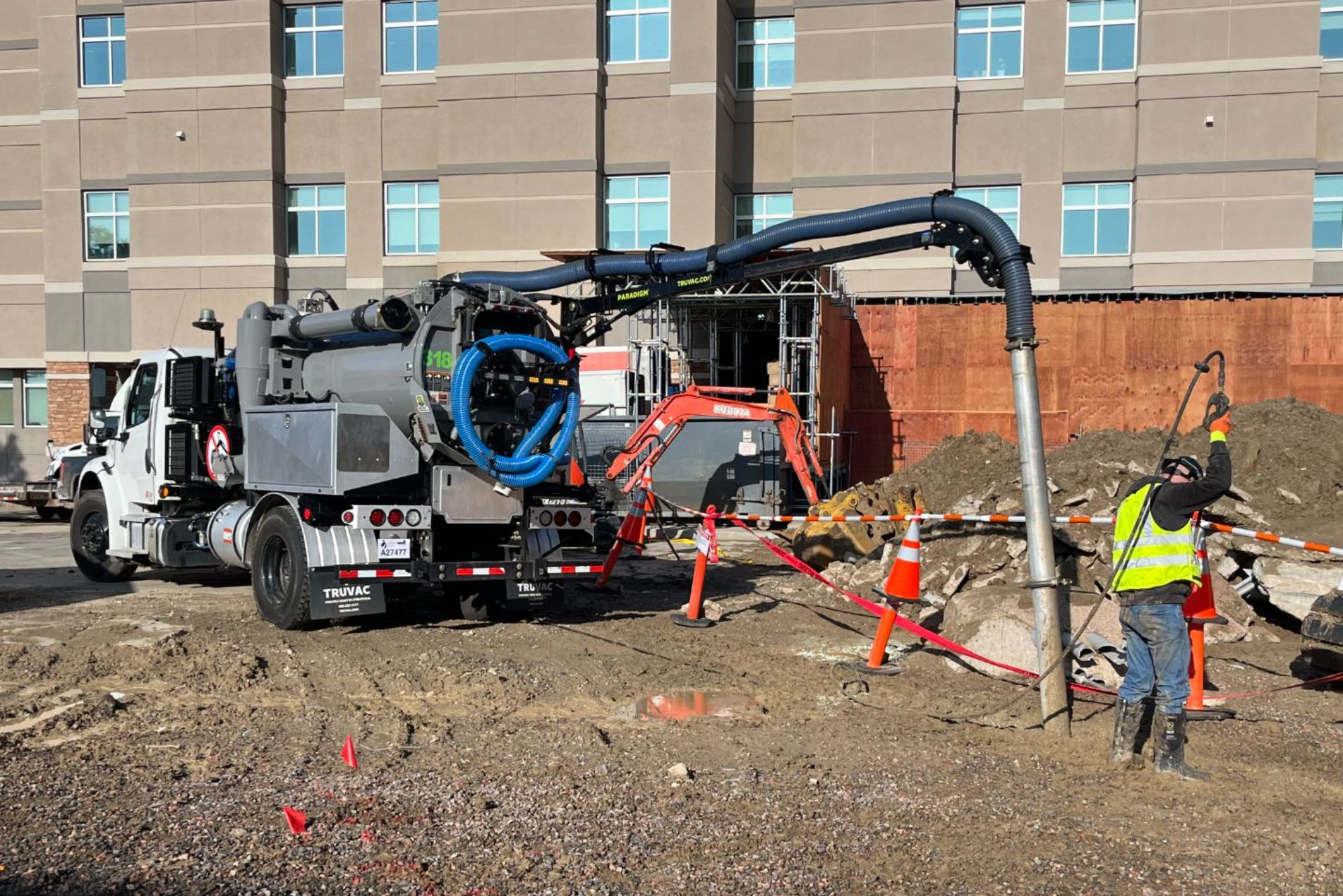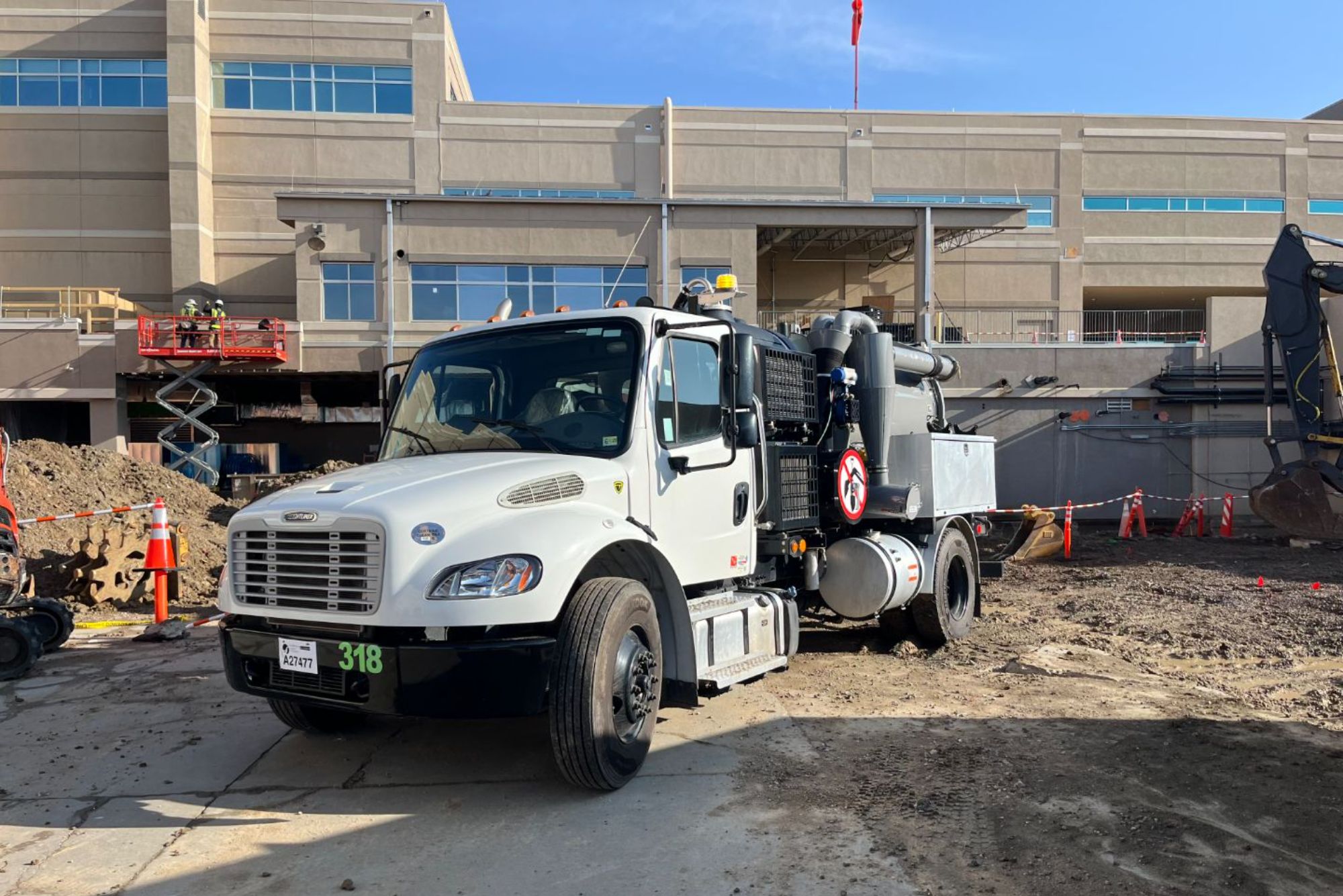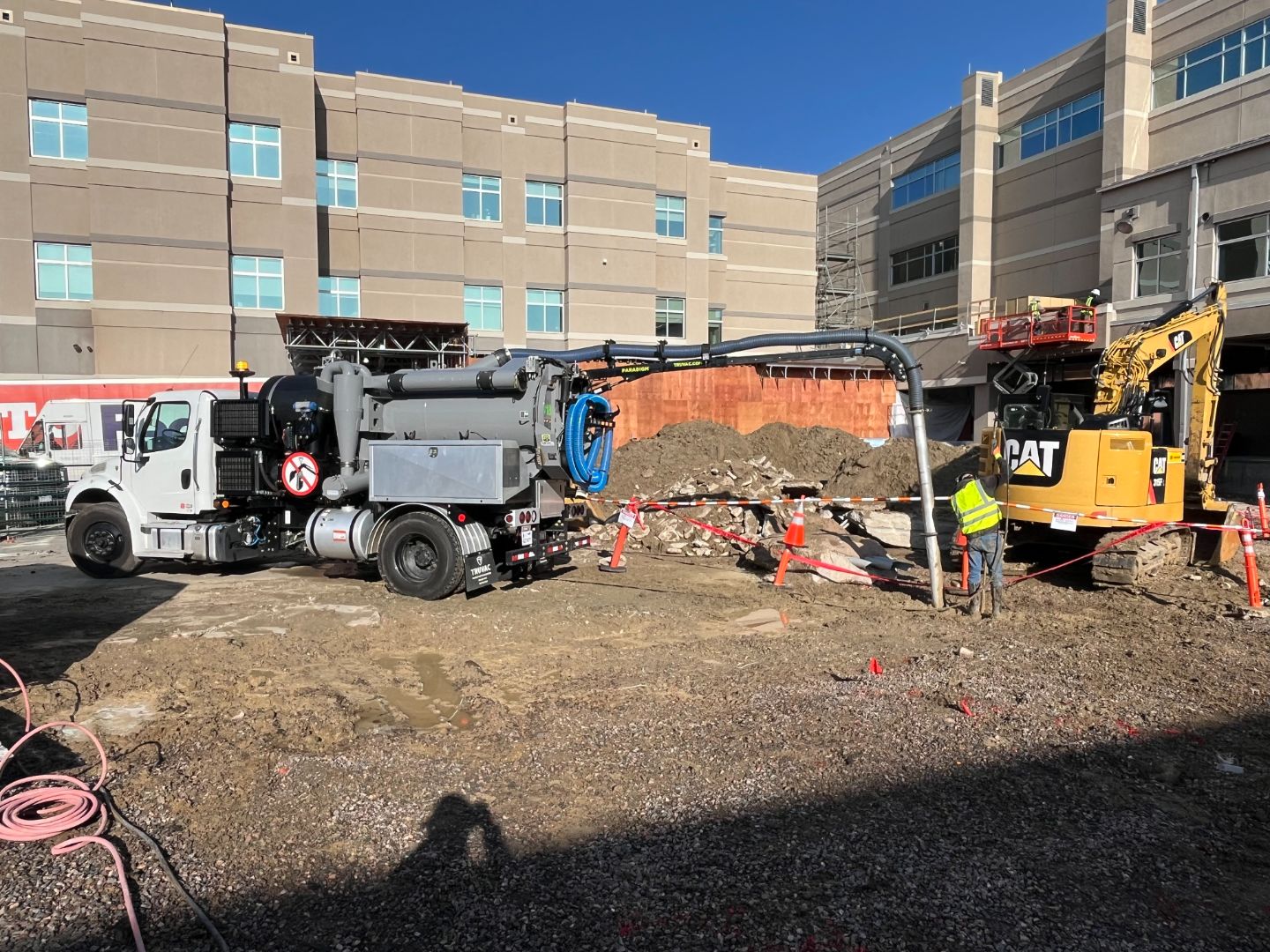Hydro Excavation

Precision Excavation Powered by Water & Vacuum
Hydro excavation is the go-to method for safe, accurate digging when working near underground utilities or delicate infrastructure. Using pressurized water to loosen soil and a vacuum system to remove it, this method reduces the risk of damage that comes with traditional mechanical excavation. At 3 Gen Excavation, Inc., we deliver fast, non-destructive digging that’s ideal for potholing, utility exposure, slot trenching, and more. Our crew is trained to handle all types of terrain and job sites, from residential areas to commercial zones. With hydro excavation, you get cleaner results, minimal backfill, and improved safety — all with less surface disruption.

Dig Smarter – Clean, Controlled, and Risk-Free
Hydro excavation brings unmatched control to excavation projects in sensitive or congested areas. At 3 Gen Excavation, Inc., we use this technique to dig with precision while avoiding costly damage to pipes, cables, and underground structures. This service is ideal for construction sites, repairs, and utility installations where accuracy is essential. With less environmental disruption and quicker clean-up, hydro excavation keeps your project moving safely and efficiently. Our modern equipment, experienced operators, and job-specific approach ensure we meet your site’s demands every time. If your job calls for high-accuracy digging, trust our hydro excavation team to do it right.

What We Offer

Safe Utility Exposure

Non-Destructive Digging

Ideal for Tight or Urban Areas

Accurate Slot Trenching

Cleaner Worksite, Less Backfill

Cold Weather Friendly
Non-Destructive Digging for Maximum Accuracy
Hydro excavation is a modern, non-invasive method that uses pressurized water and a vacuum system to break up and remove soil with precision. It’s ideal for exposing underground utilities, digging in tight or urban spaces, or working near sensitive infrastructure.
At 3 Gen Excavation, we use advanced hydro excavation equipment to safely access and dig around utilities, pipelines, and foundations with minimal disruption. This method greatly reduces the risk of damage compared to traditional mechanical excavation.

